Uncovering the Symbols of the Myth of Europe
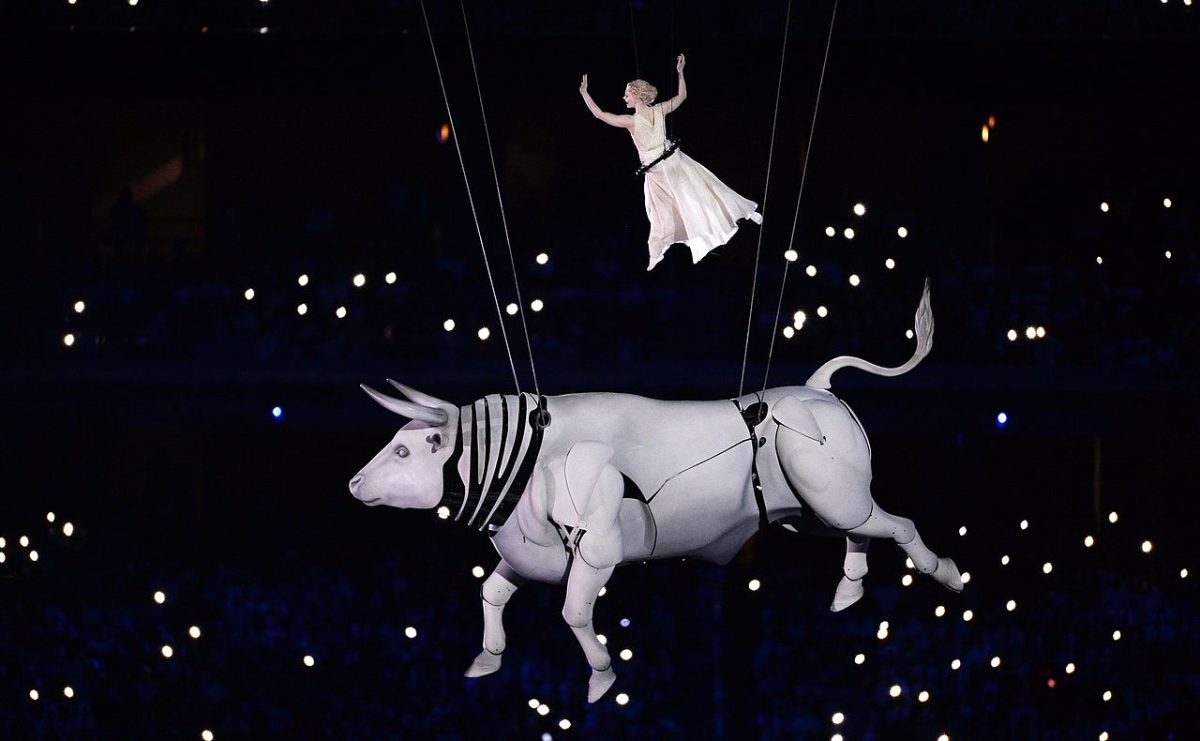
Europe was the daughter of Telephassa or Cassiopeia and Phoenix, son of Agenor or Agenor himself.
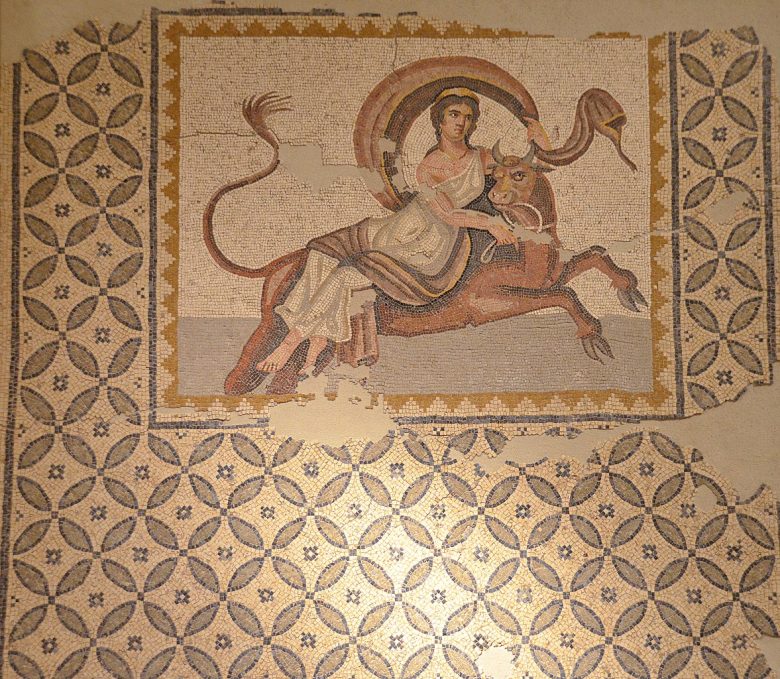
Roman Mosaic from Byblos depicting the myth of the Abduction of the Tyrian princess Europa by Zeus, dated 200 to 300 CE, on display at the National Museum of Beirut, Lebanon Photo Credit: Carole Raddato
The Myth of Europe
The love that inspired Zeus and her abduction by him is reminiscent of the story of Persephone and Pluto. She was also playing with her companions and was gathering flowers in a beautiful landscape on the shore of Tyre or Sidon, where her father reigned. There Zeus saw her. To approach her, he transformed into a calm white bull, with horns like a crescent moon. He went and laid down at the girl’s feet. The girl suddenly felt a desire to sit on his back. Fast as lightning, the bull got up and rushed into the sea so that Europe would not have time to get off and no one would have time to intervene. On their way to Crete, they were accompanied by dolphins, Nereids, Tritons, and God Poseidon.
Holding the bull’s horns as tight as possible, Europe finally descended from the animal’s back at Gortyna. There, the Hours prepared the bridal bed in the Diktaion cave, the birthplace of Zeus. Other tree worshipping stories say that they were by the river Litheos under the plane trees that never lost their foliage. Zeus’s gifts to the bride were: Talos a bronze giant who protected Crete, a golden dog who never missed any prey, and, a quiver with arrows that did not fail. From the union of the couple emerged three children, Minos, Sarpidonas, Rhadamanthus.
Analyzing the Death of Europe
People worshiped Europe after her death under the name Ellotis. During Ellotia, a celebration of joy for the resurrection of nature, they wove a huge wreath. The perimeter was about nine meters. They tied it around the thighs of her statue. Athenaeus says that in this wreath the bones of Europe circled in procession. As for the bull in which Zeus was transformed, he was immortalized as the homonymous constellation between the signs of the zodiac. Therefore, the female remains on earth, while the male is in heaven.
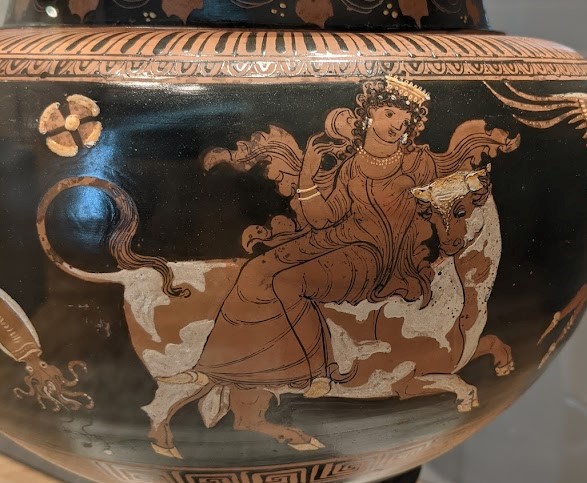
God Zeus in the form of a bull abducting the Phoenician princess Europa Photo Credit: Katolophyromai
How to Perceive the Myth of Europe
This attitude allows us to perceive the myth of Europe and Jupiter as a variation of the union of Heaven and Earth. Moreover, Pre-Socratic philosophers, such as Thales or Pherecydes, considered water as the beginning of everything. The earth, the islands, and land emerge from the waters. Furthermore, we can use the myth of Europe to describe the emergence of goddesses, such as Aphrodite. Finally, the name “Europe” could possibly be another way of saying “Earth”.
The Symbols in the Myth of Europe
The symbolism of the tree and its connection with religious rituals are located in the transitional stage from hunting to agriculture. For example, the period of collecting food from trees and wild plants. The development of the tree and the ripening of its fruits are associated with the changes in the seasons. Finally, they are identified with nature and the cycle of life. Cosmogenic symbols frame the sacred tree such as the sun and moon and are artistically standardized. The motif of the tree appeared early in Minoan pottery and in gold sealing rings. Sometimes perhaps to emphasize the rural character of Minoan society (Kamaraika vessels). But sometimes with the special symbolism of the life cycle.
The Great Goddess, whose identification with nature is submitted to Mycenaean art in various ways, appears under the tree to receive offerings indicating scenes of outdoor worship or a worshiper brings a carcass to the sacred tree, in front of which is placed a mobile altarpiece. The tree, placed on an altar, is transported by ship or framed by two animals facing each other.
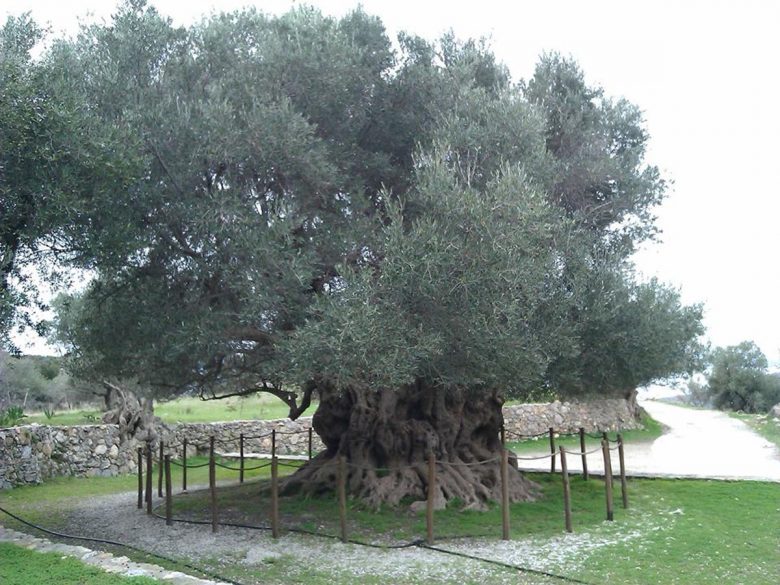
The Symbol of the Tree
During the period of the Twelve Olympian Gods, we have the goddess Athena and her sacred tree, the olive tree. In the non-iconic art of the Dark Ages, the motif of the tree survives, as well as in the iconographic rhythm that follows from the end of the 8th c. BC. Even in Crete, on staters (ancient coins) from Gortyna of the 4th c. which are in the British Museum in London and Metropolitan Museum in New York, Europe, the daughter of Phoenix, is sitting on a tree and not on a bull.
Elissos Travelling Philosophy – Suggested Experiences to witness the Spiritual Wonders of Crete
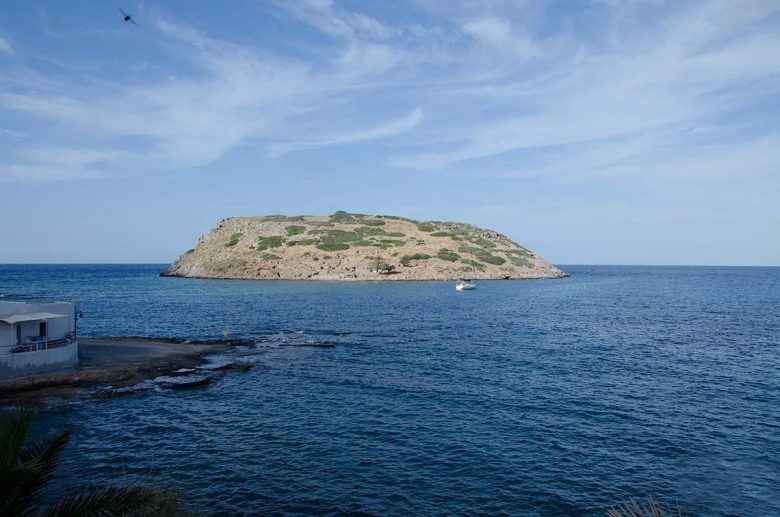
Mochlos Island
Minoan East Crete
Your day will start visiting the amazing excavations of the Minoan industrial small town, trading and arts center of Gournia. You will explore how everyday people lived four thousand years ago and seek similarities with local life today in Crete. By the oldest olive tree of the Mediterranean – a 3250 years old natural monument, you will experience an hour and a half dance workshop on the Minoan Seasonal Dances. Welcoming the Spring, awaking the Land, Swirl fertility Dances, Tree or Altar Dances are some of our thematic cores. Music and natural elements will accompany your attempt and help you go deeper into this unique experience. In the traditional seafront village of Mochlos, one of the few villages on Crete formed literally on the water, you can swim and enjoy lunch at a local fish restaurant!
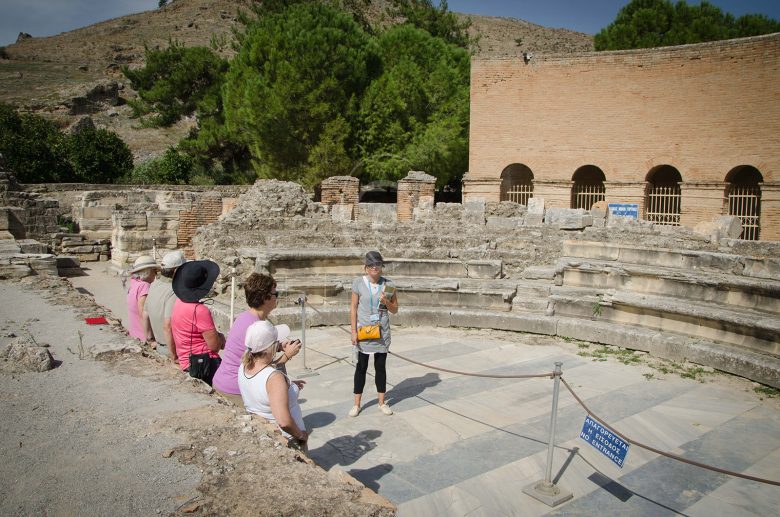
South Crete Magic
Υοur day will start with a visit to the second biggest Minoan Palace of Crete, the Minoan Palace of Phaistos, the residence of the mythical brother of Minos, Rhadamanthus. A unique “prehistoric city” of 8.000 sq.m. spread over the three stepped terraces of the hill, dating back to 2. 000bc. Υοur next stop will be the Minoan Royal Villa/ Country Mansion of Ag Triada where amazing Minoan and Mycenean prehistoric layers brought to light a big number of unique artifacts such as the famous Ag Triada sarcophagus and the boxing Ryton, today in the Archaeological Museum of Heraklion.
Υοur final stop will be the old Roman capital of Crete, the town of Gortys. Gortys or Gortyn was the most powerful and prosperous city of Crete during the Hellenistic era, when it took hegemony of the island, dominating the entire valley of Messara. Under Roman Rule, it became the capital of the joint province of Creta et Cyrenaica.
Feature Image by www.kremlin.ru
